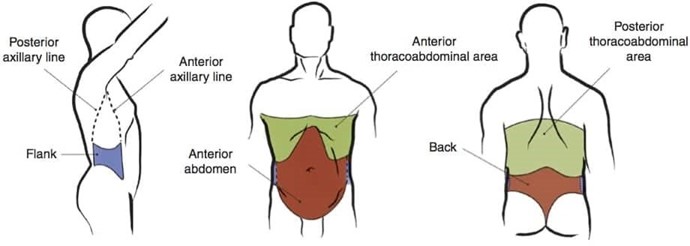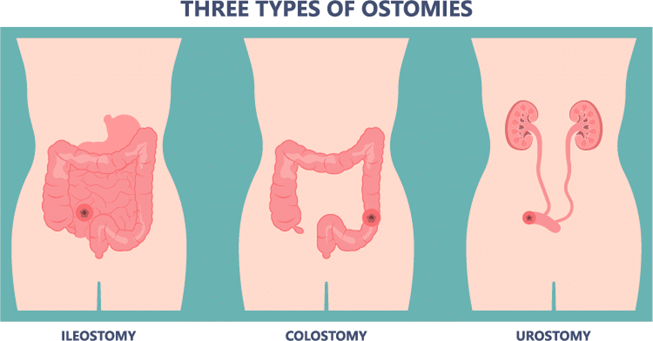A nurse is planning care for a 4-year-old child who requires airborne precautions. Which of the following activities should the nurse plan for the child?
Constructing a model airplane
Pulling a wagon with toys in the hallway
Putting a large-piece puzzle together
Watching a video game in the playroom
The Correct Answer is C
Choice A reason: This choice is incorrect because constructing a model airplane is not an appropriate activity for a 4- year-old child who requires airborne precautions. Airborne precautions are infection control measures that prevent the transmission of microorganisms that can be spread by small droplets that remain suspended in the air, such as tuberculosis, measles, or chickenpox. They involve placing the child in a negative-pressure room with a HEPA filter, wearing a respirator mask, and limiting movement outside the room. Constructing a model airplane may involve small parts that can be choking hazards, sharp edges that can cause injury or glue that can cause irritation or allergy. Therefore, this activity may not be safe or suitable for the child.
Choice B reason: This choice is incorrect because pulling a wagon with toys in the hallway is not an appropriate activity for a 4-year-old child who requires airborne precautions. As explained above, airborne precautions involve limiting movement outside the room to prevent exposure and transmission of microorganisms. Pulling a wagon with toys in the hallway may violate these precautions and increase the risk of infection for the child and others.
Therefore, this activity may not be allowed or advisable for the child.
Choice C reason: This choice is correct because putting a large-piece puzzle together is an appropriate activity for a 4-year-old child who requires airborne precautions. Putting a large-piece puzzle together can help to stimulate the child's cognitive, visual, and fine motor skills by requiring them to match shapes, colors, and patterns. It can also help to reduce boredom, frustration, or anxiety by providing entertainment, diversion, or achievement. Therefore, this activity may be beneficial and enjoyable for the child.
Choice D reason: This choice is incorrect because watching a video game in the playroom is not an appropriate activity for a 4-year-old child who requires airborne precautions. As explained above, airborne precautions involve limiting movement outside the room to prevent exposure and transmission of microorganisms. Watching a video game in the playroom may violate these precautions and increase the risk of infection for the child and others.
Therefore, this activity may not be permitted or recommended for the child.
Nursing Test Bank
Naxlex Comprehensive Predictor Exams
Related Questions
Correct Answer is B
Explanation
Choice A: A heart rate of 72/min is within the normal range for an adolescent, which is 60 to 100 beats per minute. A heart rate of 72/min does not indicate any signs of shock, hemorrhage, or cardiac injury. Therefore, this finding is not the nurse's priority.
Choice B: A blood pressure of 84/52 mm Hg is below the normal range for an adolescent, which is 110 to 120/70 to 80 mm Hg. A blood pressure of 84/52 mm Hg indicates hypotension, which can be a sign of shock, hemorrhage, or internal organ damage. Hypotension can lead to decreased tissue perfusion, organ failure, or death. Therefore, this finding is the nurse's priority and requires immediate intervention.
Choice C: An abdominal pain rated 4 on a scale of 0 to 10 is a moderate level of pain that can indicate inflammation, injury, or infection in the abdomen. However, pain is a subjective symptom that may vary depending on the individual and the severity of the condition. Pain can also be managed with analgesics or other measures. Therefore, this finding is not the nurse's priority.
Choice D: A respiratory rate of 20/min is within the normal range for an adolescent, which is 12 to 20 breaths per minute. A respiratory rate of 20/min does not indicate any signs of respiratory distress, hypoxia, or pulmonary injury. Therefore, this finding is not the nurse's priority.

Correct Answer is A
Explanation
Choice A: An ostomy is a surgical opening in the abdomen that allows stool to pass out of the body. A child who has Hirschsprung disease, which is a condition that causes a blockage of the large intestine due to a lack of nerve cells, may need an ostomy to relieve the obstruction and prevent complications. The ostomy is usually temporary and can be reversed after the affected part of the intestine is removed or repaired. This statement indicates an understanding of the teaching, as the parent knows that the ostomy is not permanent.
Choice B: A urinary catheter is a tube that drains urine from the bladder. A child who has Hirschsprung disease does not need a urinary catheter, as their condition does not affect their urinary system. This statement indicates a lack of understanding of the teaching, as the parent is confused about the type of surgery or device that their child will have.
Choice C: A feeding tube is a tube that delivers nutrition directly into the stomach or small intestine. A child who has Hirschsprung disease may need a feeding tube if they have severe malnutrition, dehydration, or infection due to their condition. However, this is not always necessary and depends on the individual case and the surgeon's preference.
This statement indicates a lack of understanding of the teaching, as the parent assumes that their child will need a feeding tube without knowing the specific plan.
Choice D: A child who has Hirschsprung disease will not have normal bowel movements after the initial surgery, as they will still have an ostomy that bypasses their large intestine. They will need another surgery to reconnect their intestine and restore their bowel function. This statement indicates a lack of understanding of the teaching, as the parent has unrealistic expectations about the outcome of the surgery.

Whether you are a student looking to ace your exams or a practicing nurse seeking to enhance your expertise , our nursing education contents will empower you with the confidence and competence to make a difference in the lives of patients and become a respected leader in the healthcare field.
Visit Naxlex, invest in your future and unlock endless possibilities with our unparalleled nursing education contents today
Report Wrong Answer on the Current Question
Do you disagree with the answer? If yes, what is your expected answer? Explain.
Kindly be descriptive with the issue you are facing.
